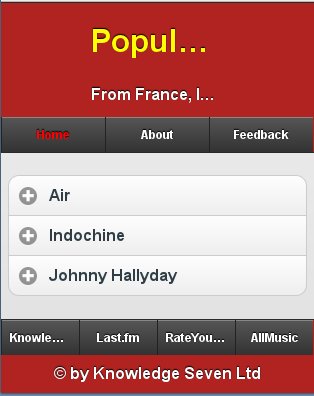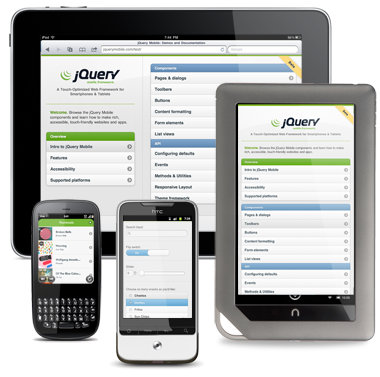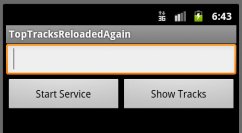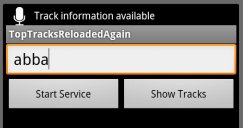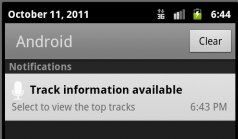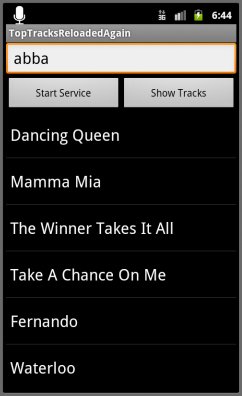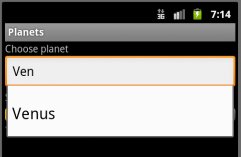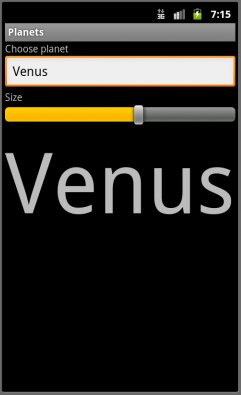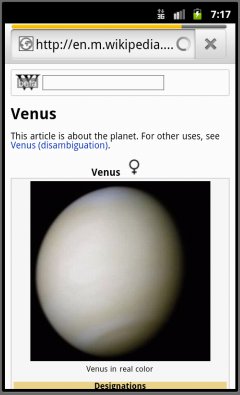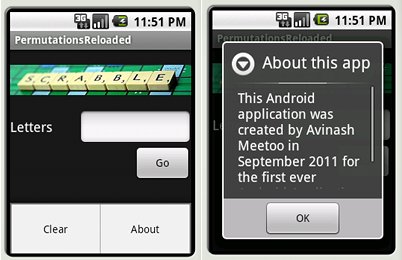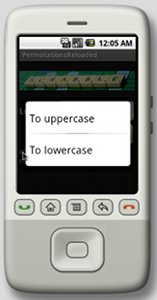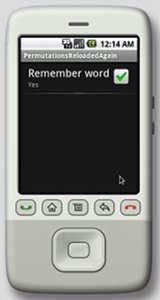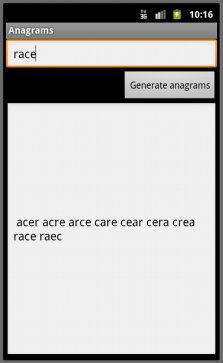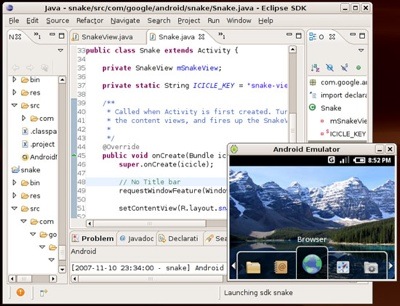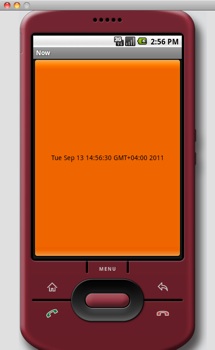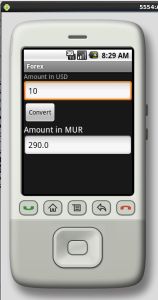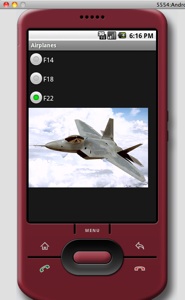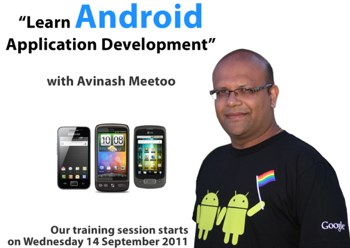jQuery Mobile has a number of hooks to handle events such as taps, swipes, etc. In addition to those, the framework also provides more general events such as pageinit and pagebeforeload which allow code to be executed at specific instants in the lifecycle of a page. Finally, there are also a number of methods which can be used to change the behaviour of the web application when specific events occur.
The work to do is:
- Change the Javascript code already written to be more jQuery Mobile compliant
- Add a handler for swipeleft on the four songs pages
- Add a tap handler on the names of the French songs to display a dialog
